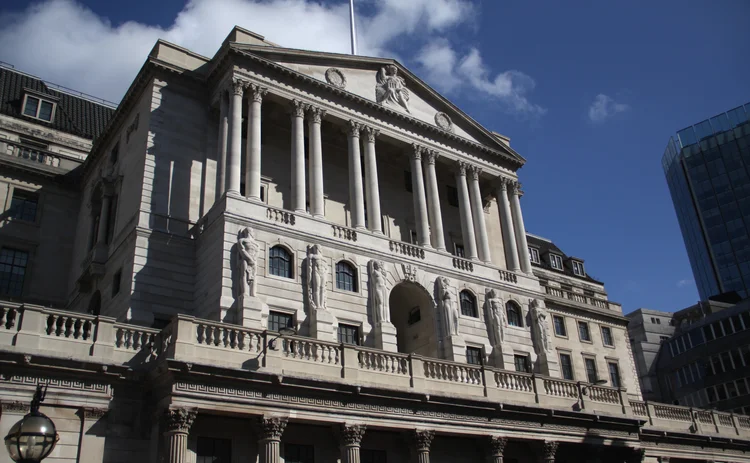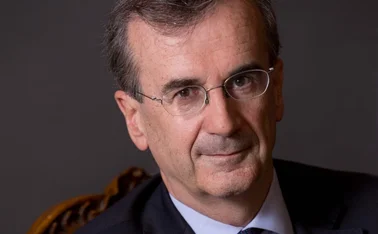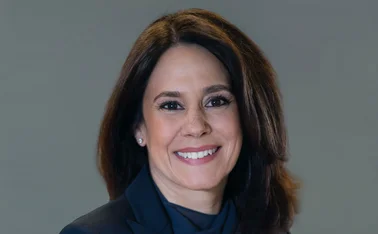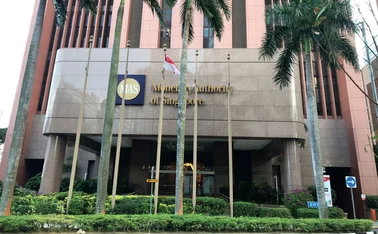
UK inflation breaks out of target band
Inflation now above the BoE’s 3% upper limit, though breach may prove temporary

The UK’s headline inflation hit its highest level in more than five years in November, breaking through the top end of the Bank of England’s tolerance band, figures released today (December 12) reveal.
The consumer prices index rose to 3.1%, up from 3% a month earlier. Since price rises have deviated from the Bank of England’s 2% target by more than a percentage point, governor Mark Carney will now have to write an open letter to the UK finance minister explaining what action the central bank plans to take.
The largest contribution to the higher CPI figure came from air fares, which actually fell between October and November but by less than a year earlier. Higher prices for “recreational and cultural goods and services” also played a role, “most notably computer games”, according to the Office for National Statistics.
Food prices also showed strong increases, contributing 0.41 percentage points to the total inflation figure. By contrast, in November 2016 food prices were the only category of the CPI that were a drag on inflation – knocking 0.21 percentage points off the headline figure.
The inflation figure is roughly in line with the Bank of England’s latest forecasts, published in early November at the same time as the central bank hiked its policy rate 25 basis points to 0.5%. The forecasts show a brief uptick in inflation before it moves back down swiftly into the tolerance band, converging on 2% in around three years’ time.
As the BoE stressed at its meeting, sterling’s weakness triggered by the Brexit referendum is continuing to boost prices, an effect that should soon start to pass out of the statistics, more than a year on from the vote.
Samuel Tombs, economist at Pantheon Macro, expects November to be the peak for inflation. Consumers suffered further price rises in November as a result of the weak currency, he says in a note to clients. “Retailers, however, already had begun to raise prices following sterling’s depreciation last November, so core goods inflation actually ticked down to 2.5%, from 2.6% in October.”
At the same time, UK unemployment is at a 42-year low. “Over the next few years, modest demand growth is expected to use up the little spare capacity remaining in the economy,” Carney said in opening remarks after the meeting. “Domestic inflationary pressures are likely to build.”
Forward market rates imply two more rate hikes will be needed to return inflation to target by 2020. During the press conference, Carney hinted the market may have underestimated the need for hikes, pointing out forecasts based on such a path show that inflation “doesn’t quite” get back to target.
Nevertheless, the outlook could still be thrown off course by developments in the Brexit negotiations. The BoE’s forecasts are based on a “smooth transition” to new trading arrangements. The central bank already believes potential growth has been harmed by the proposed departure from the European Union.
Only users who have a paid subscription or are part of a corporate subscription are able to print or copy content.
To access these options, along with all other subscription benefits, please contact info@centralbanking.com or view our subscription options here: http://subscriptions.centralbanking.com/subscribe
You are currently unable to print this content. Please contact info@centralbanking.com to find out more.
You are currently unable to copy this content. Please contact info@centralbanking.com to find out more.
Copyright Infopro Digital Limited. All rights reserved.
You may share this content using our article tools. Printing this content is for the sole use of the Authorised User (named subscriber), as outlined in our terms and conditions - https://www.infopro-insight.com/terms-conditions/insight-subscriptions/
If you would like to purchase additional rights please email info@centralbanking.com
Copyright Infopro Digital Limited. All rights reserved.
You may share this content using our article tools. Copying this content is for the sole use of the Authorised User (named subscriber), as outlined in our terms and conditions - https://www.infopro-insight.com/terms-conditions/insight-subscriptions/
If you would like to purchase additional rights please email info@centralbanking.com







